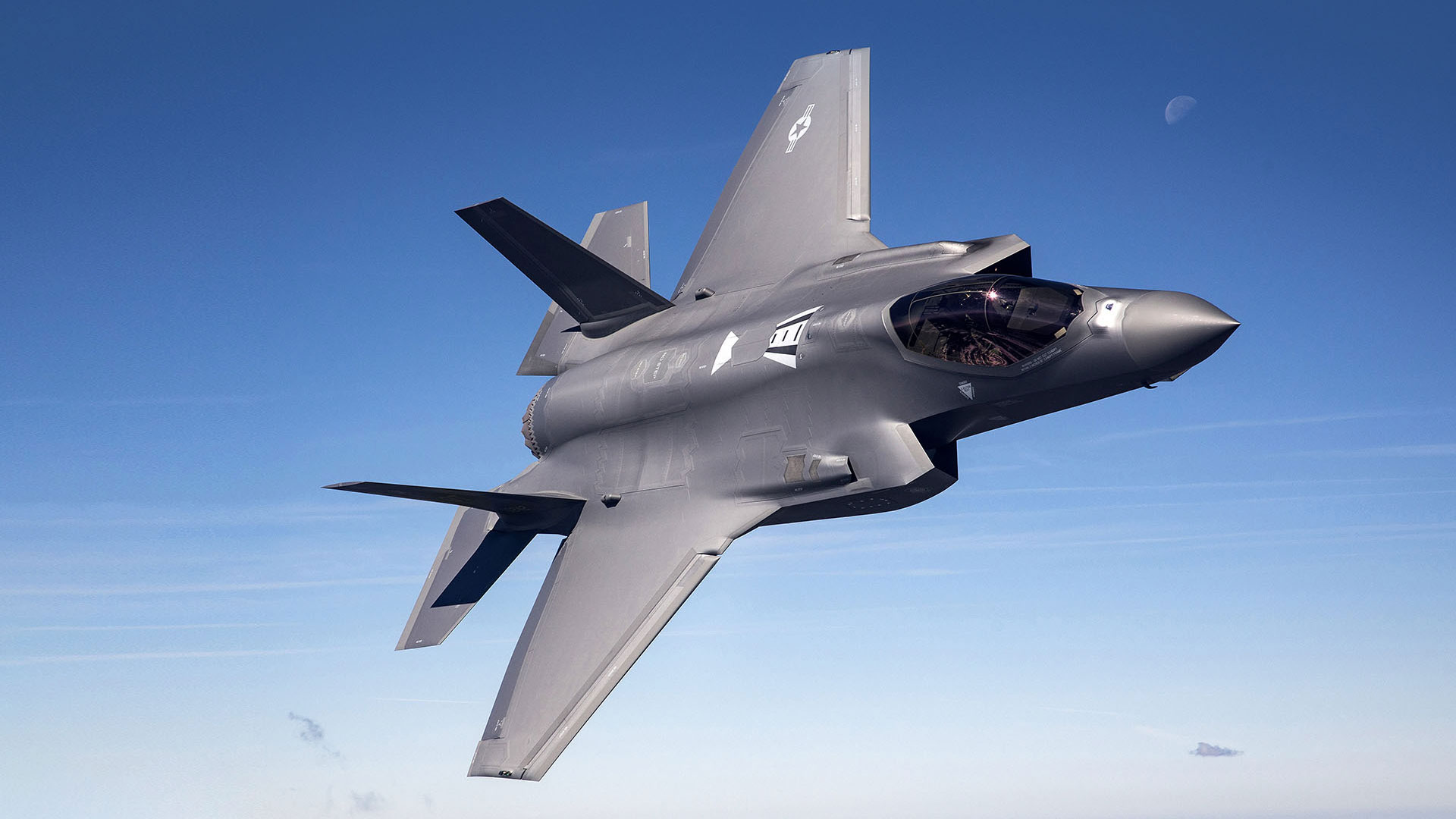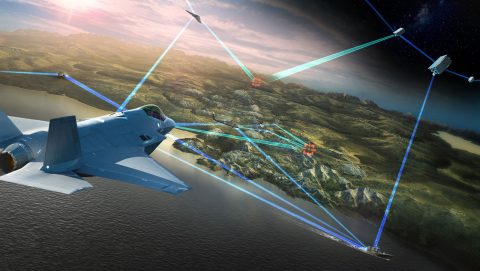Major Milestone Achieved On New Missile Warning System Built By Lockheed Martin
SUNNYVALE, Calif., Jan 18, 2006 /PRNewswire-FirstCall via COMTEX News Network/ -- The Space-Based Infrared System (SBIRS) team led by Lockheed Martin (NYSE: LMT) has successfully completed engineering thermal vacuum testing of the payload for the first geosynchronous orbit (GEO) satellite. SBIRS will provide early warning of missile launches and support other missions simultaneously including missile defense, technical intelligence and battlespace characterization.
(Photo: http://www.newscom.com/cgi-bin/prnh/20060117/SFTU117 )
Payloads for SBIRS GEO satellites are produced by Northrop Grumman and consist of two advanced sensors: a scanning sensor designed for continuous observation and surveillance of traditional intercontinental ballistic missile threats, and a staring sensor designed to detect very low signature, short-burn-duration theatre missiles.
The successful test validated the payload functionality and performance in a vacuum environment, where the payload was stressed at temperature extremes greater than those expected during on-orbit operations. The baseline ambient functional tests as well as radiometric tests were repeated in this "test-it-like-it-flies" environment with the infrared sensors at their cryogenic operating temperatures.
"Successful completion of this critical test phase is an important achievement and gives us high confidence that the payload will meet all performance requirements," said Mark Crowley, Lockheed Martin's SBIRS vice president. "Our team is focused on ensuring SBIRS is deployed quickly and successfully and this milestone is another major step in our march to the launch pad."
A key aspect of the test was the successful input of simulated infrared targets against earth disk background scenes that resulted in the correct data stream from the payload downlink interfaces.
"The scanning and staring sensors performed well under simulated space operating conditions," said Sal Romano, vice president of the SBIRS High program at Northrop Grumman's Electronic Systems sector. "Their detection and surveillance capabilities will be key assets for SBIRS operation."
Lockheed Martin Space Systems, Sunnyvale, Calif., is developing the SBIRS program under contract to the U.S. Air Force Space and Missile Systems Center, Los Angeles Air Force Base, Calif. Northrop Grumman Electronic Systems, Azusa, Calif., is the payload provider.
Lockheed Martin is currently under contract to provide two payloads in highly elliptical orbit (HEO) and two GEO satellites, as well as fixed and mobile ground-based assets to receive and process the infrared data. The team has delivered both HEO payloads and is beginning final integration and test of the first GEO satellite for launch in fiscal year 2008.
Headquartered in Bethesda, Md., Lockheed Martin employs about 135,000 people worldwide and is principally engaged in the research, design, development, manufacture and integration of advanced technology systems, products and services. The corporation reported 2004 sales of $35.5 billion.
Media Contact: Steve Tatum, 408-742-7531; e-mail, Stephen.o.tatum@lmco.com
SOURCE Lockheed Martin
media, Steve Tatum, +1-408-742-7531, or Stephen.o.tatum@lmco.com
http://www.prnewswire.com




